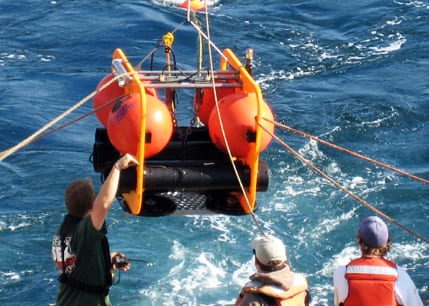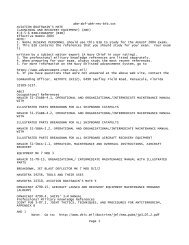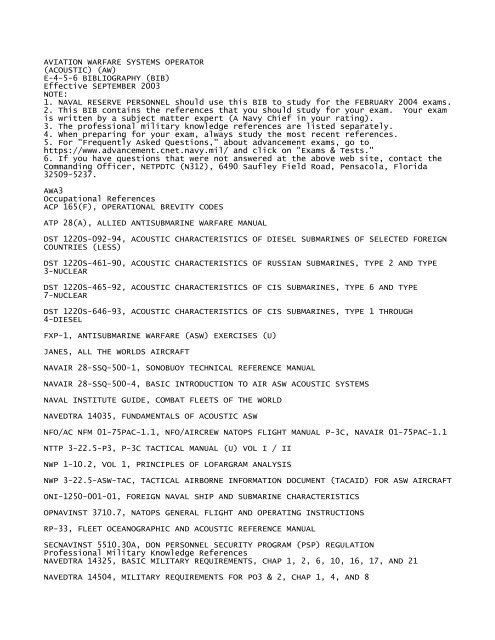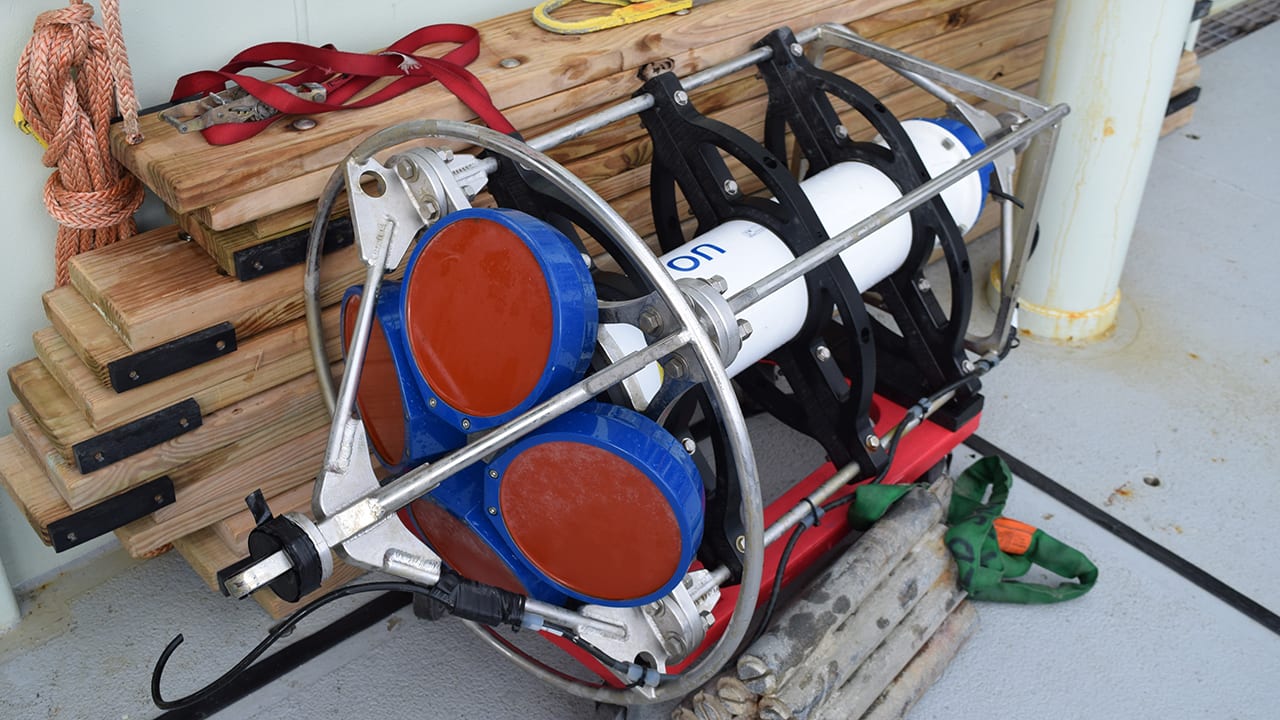Click here to Order your Radar Equipment Online
Thermocline and Mixed LayerRelationships

ACOUSTIC REFERENCE MANUAL. Fleet and Joint activities from the Naval Meteorology. Additionally, this manual consolidates environmental. Rp 33 fleet oceanographic and acoustic reference manual pdf RP33 parameters are being considered for addition. Oceanographic and Acoustic Reference Manual, RP33, April 1999, 216 pp. Anchoita spawns. On the bottom was his old dog-eared copy of the RP 33, the Fleet Oceanographic and Acoustic Reference Manual, a sort of bible of undersea science from a submarine and antisubmarine warfare practitioner’s perspective. He basically knew the damn thing by heart, but he kept it close by all the time for quick reference.
Shallow subsurface sound channels occur in theupper levels of the water column in the thermocline.The thermocline is the layer of sea water where thetemperature decreases continuously with depthbetween the isothermal mixed layer and the deepsound channel axis. The relative strength of a soundchannel depends upon the thickness of the channeland the maximum angle of the trapped rays.
Geographic Locations
Studies indicate that shallow sound channelsbeneath the mixed layer depth occur most often northof 40°N in the area between Hawaii and thecontinental United States. They are also frequentlyobserved in the vicinity of the Gulf Stream. Theprevalent depth of these shallow channels rangesfrom 90 to 150 meters.
During the summer a shallow channel exists in the Mediterranean Sea. In this region, the heating by the sun of the upper layers of the water, together with an absence of mixing by the wind, causes a strong near-surfacenegative gradient to develop during the springand summer months. This thermocline overliesisothermal water at greater depths. The result is astrong sound channel with its axial depth near 100meters. Although shallow sound channels are morelocal and transitory in nature, they often have astrong effect on sonar operations.
There are three graphic outputs available with theSSX product:
1. A shaded shallow sound channel axis depthdisplay. The amount of shading indicates the range ofdepth in feet. See figure 9-10.
Clear None (or depth <150 ft or >1000 ft)


Rp 33 Oceanography Manual Pdf
Light axis depth 150-300 feet
Medium axis depth 300-600 feet
Heavy axis depth 600 – 1,000 feet
2. A shaded shallow sound channel magnitude(strength) display. The amount of shading indicates the
Figure 9-10.-A shaded shallow sound channel axis depth display.

strength of the shallow sound channel (SSC) at thosegrid points where these channels exist and meetminimal descriptive criteria. See figure 9-11.
Clear No shallow sound channels orstrength <3 ft/sec
Light Strength 3 – 5 ft/sec
Heavy Strength >-5 ft/sec
3. A shaded shallow sound channel cutoff frequencydisplay. The amount of shading indicates the limitingfrequency of the shallow sound channel. See figure9-12.
Clear No shallow channels orfrequency> 300 Hertz
Light Frequency 151 – 300 Hertz
Fleet Oceanographic And Acoustic Reference Manual Rp-33
Medium Frequency 51-150 Hertz
Heavy Frequency 1- 50 Hertz
Figure 9-11.-A shaded shallow sound channel strength display.
Figure 9-12.-A shaded shallow sound channel cutoff frequency display.
The first portion of this chapter was devoted to thoseoceanographic products that were accessed using theNODDS.
We will now discuss phenomena and principlescovered in the Fleet Oceanographic and AcousticReference Manual, RP33. A brief overview will bepresented for each area discussed. For moreinformation, see RP33.
FORECASTING EFFECTS OFAMBIENT NOISE
LEARNING OBJECTIVES Distinguishambient noise from self-noise. Identifycharacteristics of surface ship traffic andsea-state noises.
The problem of listening for recognizable sounds inthe ocean is to distinguish them from the total noisebackground. Ambient noise is that part of the total noisebackground not due to some identifiable localizedsource. It exists in the medium independent of theobserver’s activity. Interfering noise sources that arelocated on, or are a part of, the platform on which asensor is installed are sources of self-noise.
